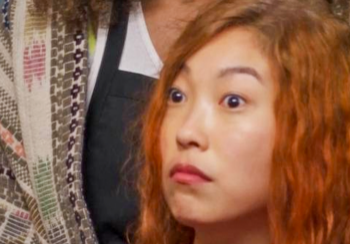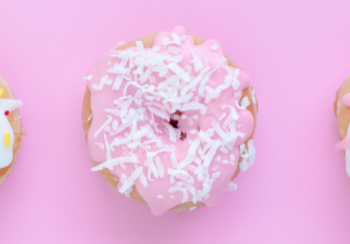3 Brand Marketing Takeaways from Carpool Karaoke
James Corden has won the hearts – and views – of late night fans; The Late Late Show YouTube channel recently hit the 1-billion view mark. This is mostly due to the success of his signature bit, Carpool Karaoke, featuring the host driving artists around LA while singing their hits. These jovial and candid interactions are practically viral by nature, but they also illustrate major lessons in brand marketing:
1) Viral videos done right lead to long term benefits
Carpool Karaoke is successful because it nails content and context – what is better than watching Adele belt out “Hello” and then do her best Nicki Minaj? Twitter recently compiled and ranked Tweet volume – artists like One Direction and Justin Bieber got the most buzz in the 24 hours after their Carpool Karaoke spots.
We decided to look at the impact on social affinity between the show and the featured artist grows. Justin Bieber’s first appearance had the most affinity growth, followed by Sia and Justin Bieber’s second turn at the wheel. This is a critical success measure, as there is now engagement between show and artist where there might have been none before.

2) Affinities go beyond social engagement
They indicate receptivity and conversion of audiences. Before Sia appeared on The Late Late Show, the engagement between the artist and the TV show was nearly flat. By appearing on Carpool Karaoke, Sia was able to source audiences from Late Late Show engagers. These are the fans that might download her new single, see her on tour or buy merchandise. In addition to driving chatter, marketers need to build strong associations between their brands and content – and will expand their audiences in the process.
3) Content providers benefit from strong associations with brands, too
Late night television is an extremely competitive landscape. Justin Bieber appeared on Carpool Karaoke for the second time in mid-November. In the 4 weeks following that appearance, Beliebers’ affinity with the Late Late Show turned around a -0.3% decline into 5% growth. During that same time, affinity between Bieber and The Tonight Show Starring Jimmy Fallon and Bieber decreased – Corden’s fans were able to “steal” engagement from Fallon’s fans.
This isn’t restricted to late night. Competition among talk shows now goes beyond dayparts. During the month of November, Good Morning America and Ellen ranked higher in mutual affinity with One Direction. After One Direction’s cameo on Carpool Karaoke, The Late Late Show rose to the top, showing the highest growth in mutual affinity across dayparts.
No marketer would doubt the power of building long-standing relationships with customers, but it can only done if you truly understand them.
Contact us today to find out how social affinities can help you grow your brand’s relationship with consumers and content.


